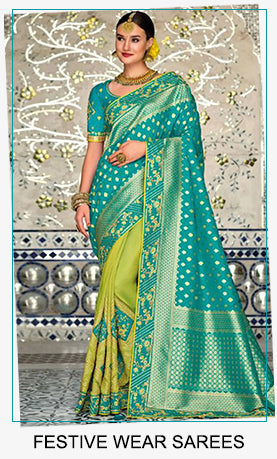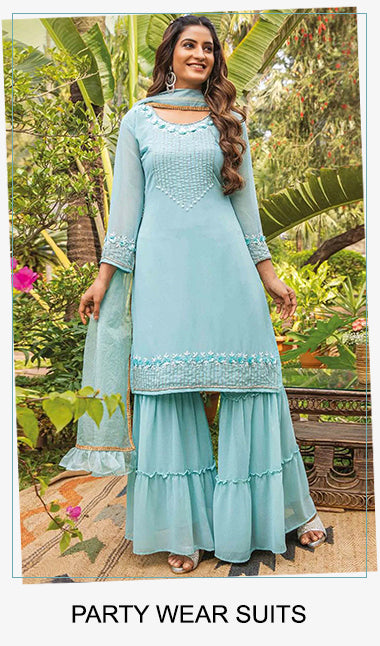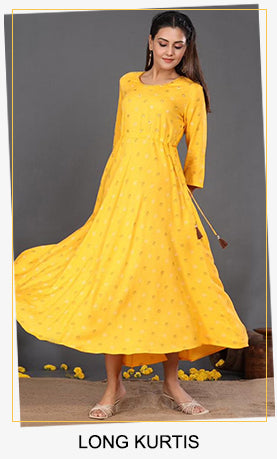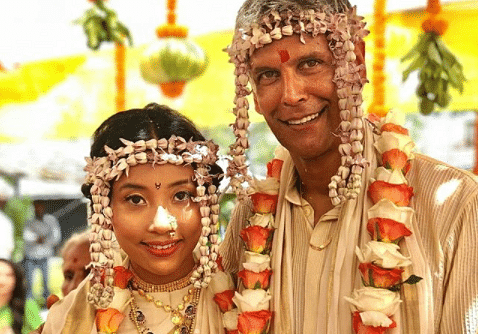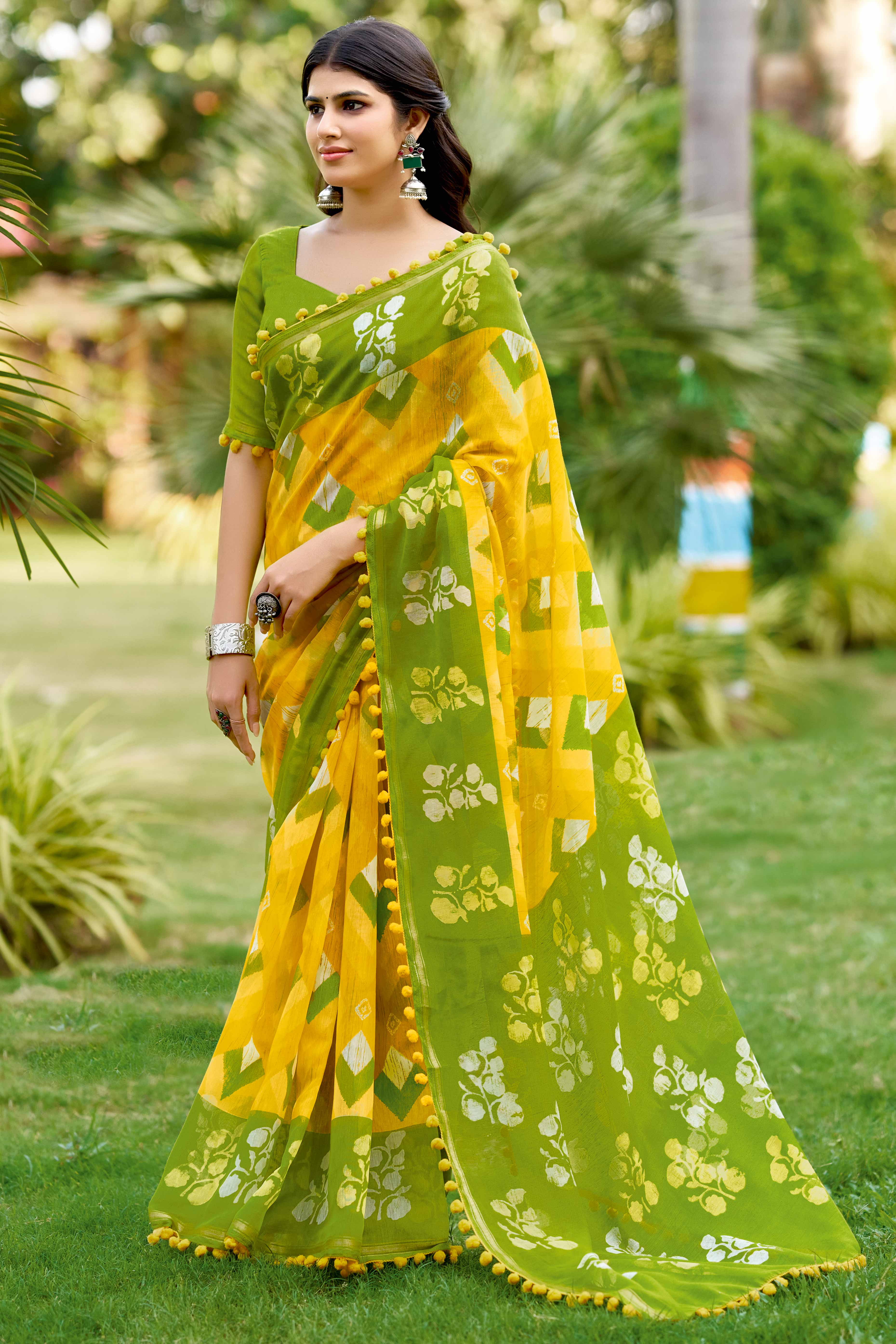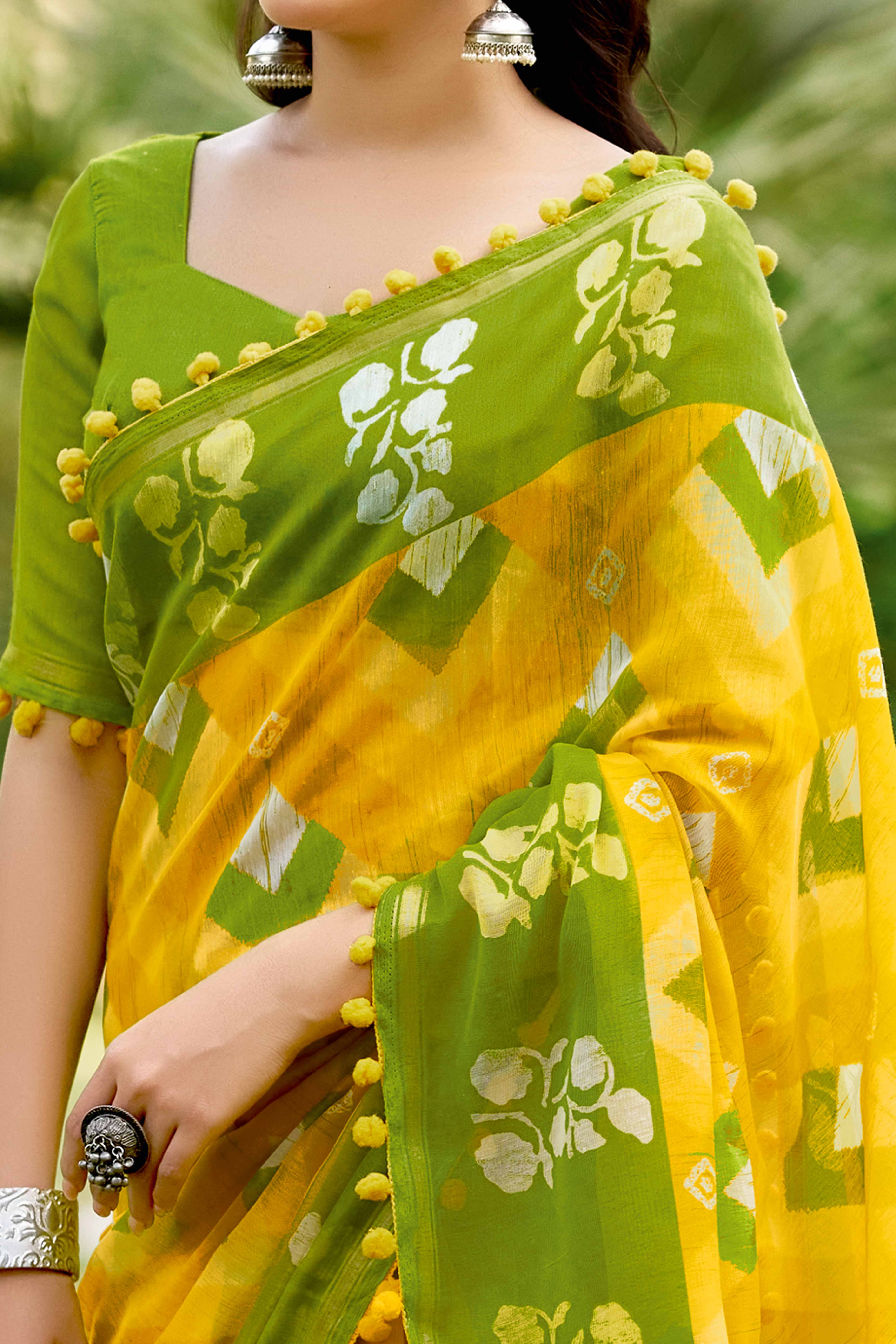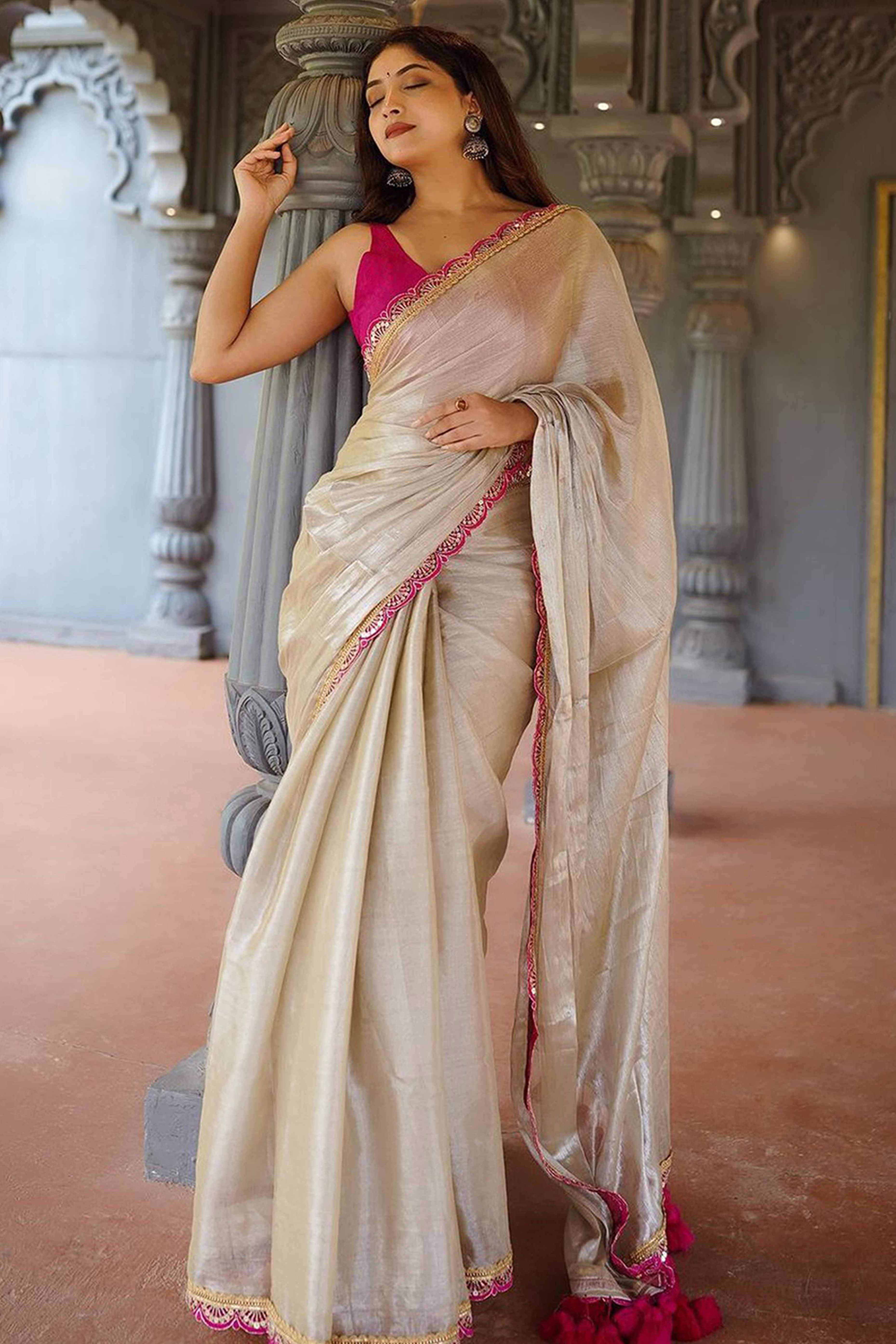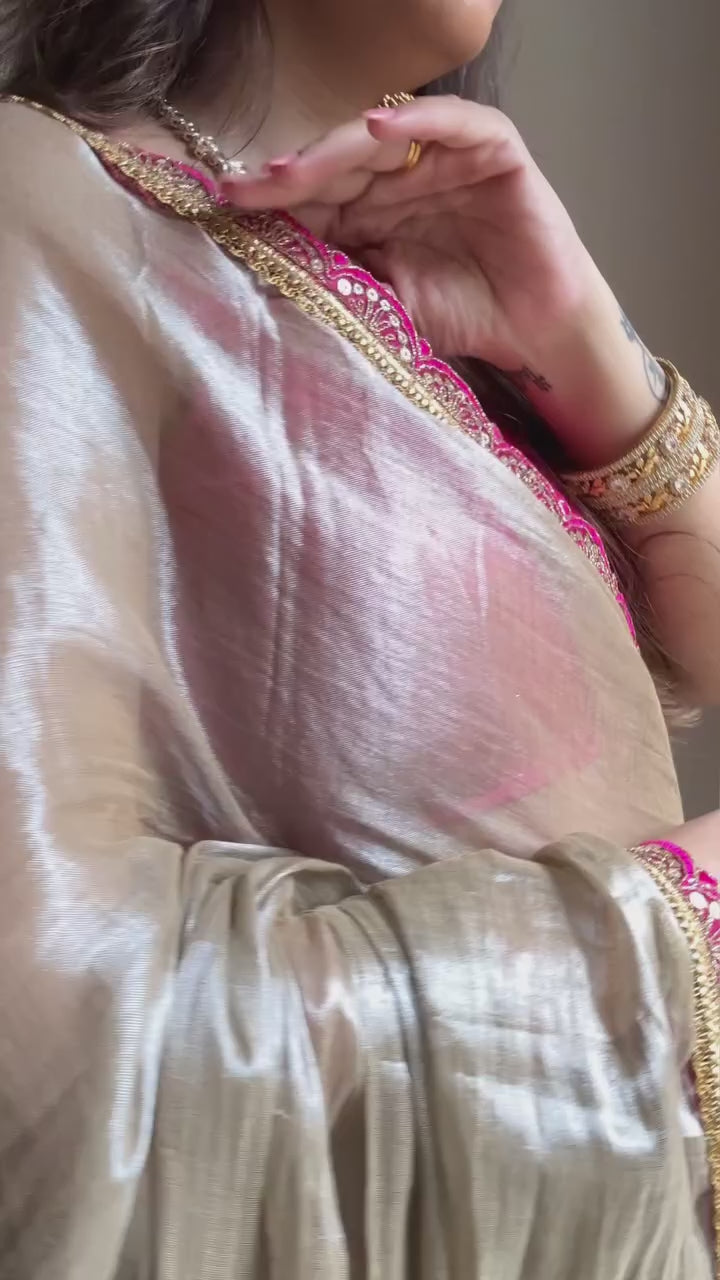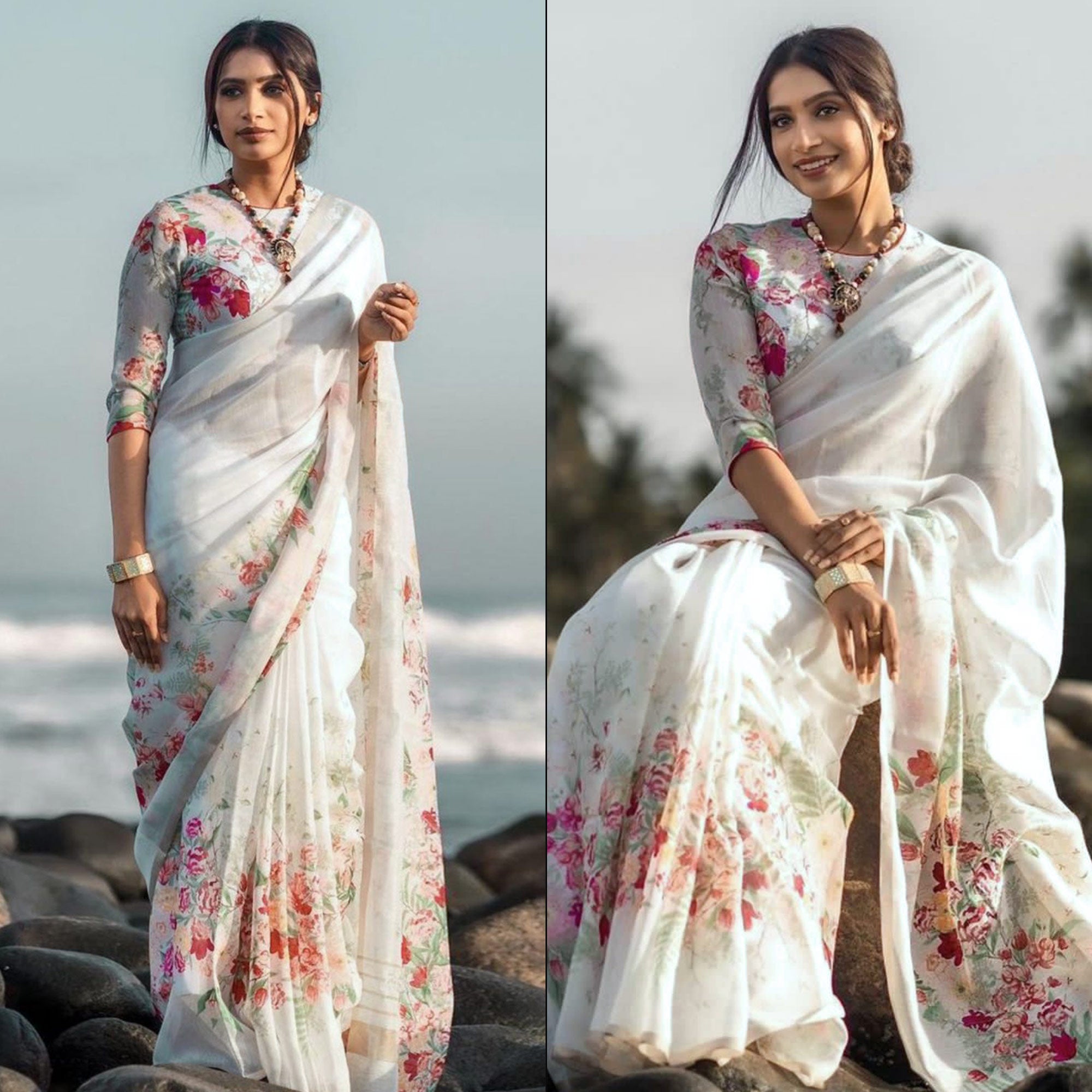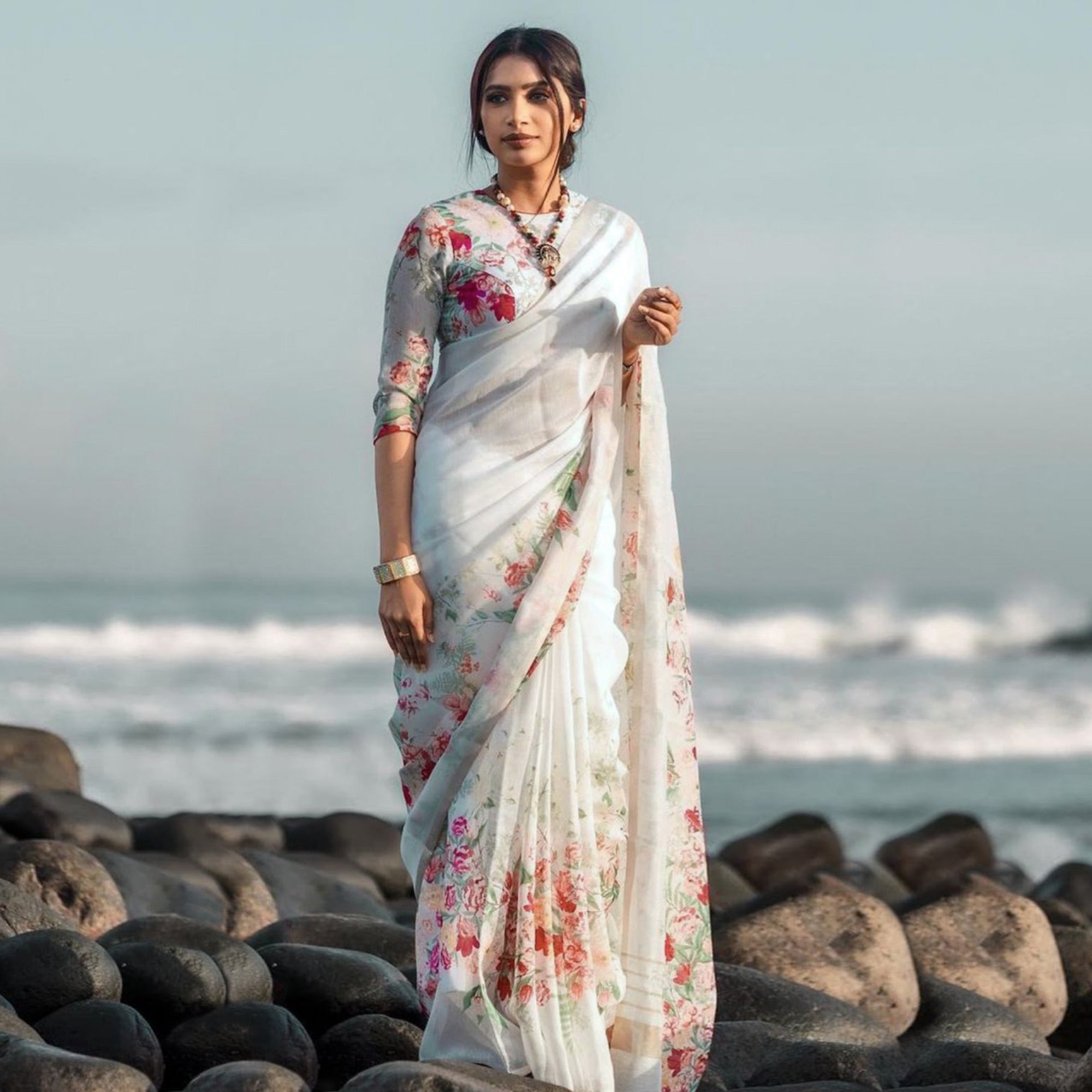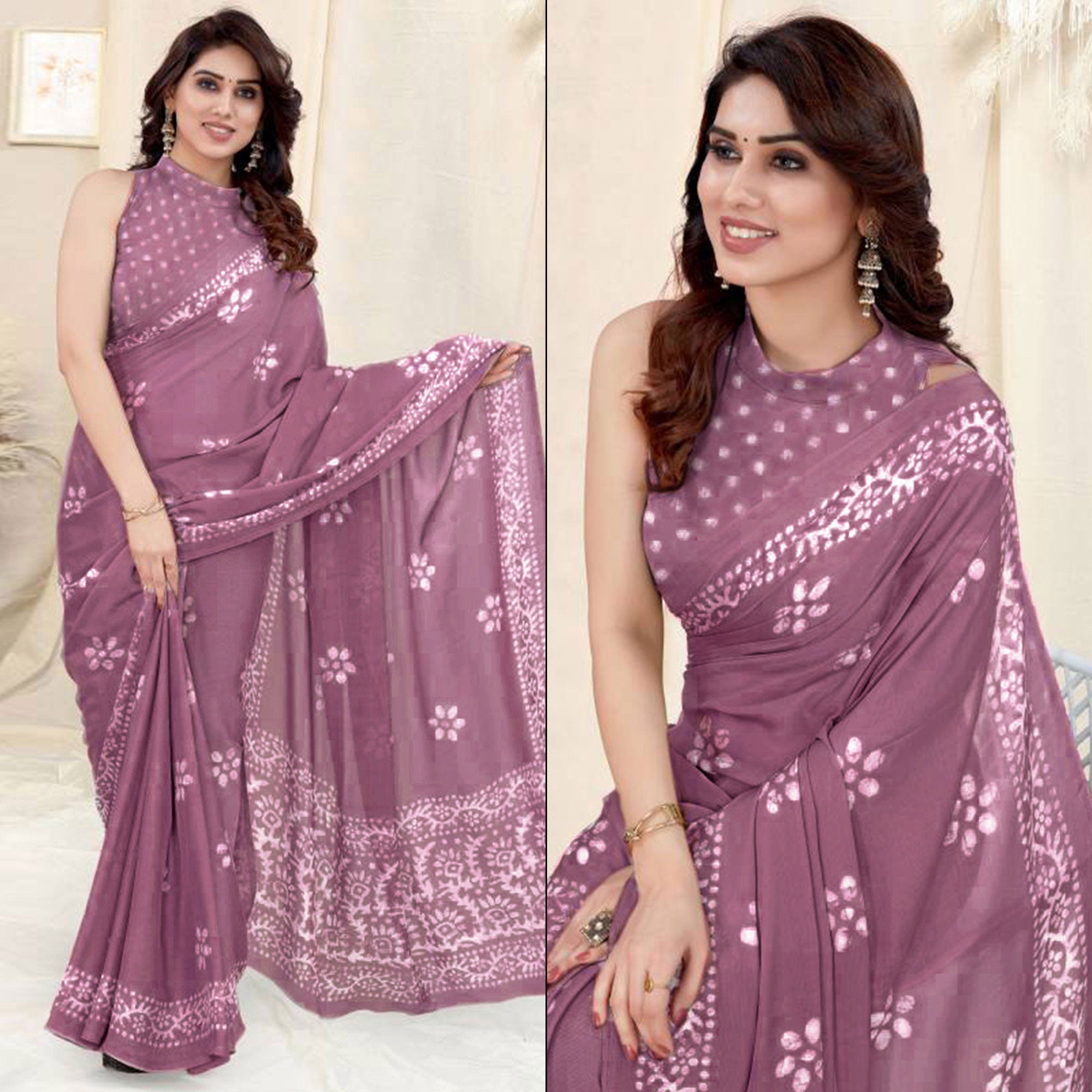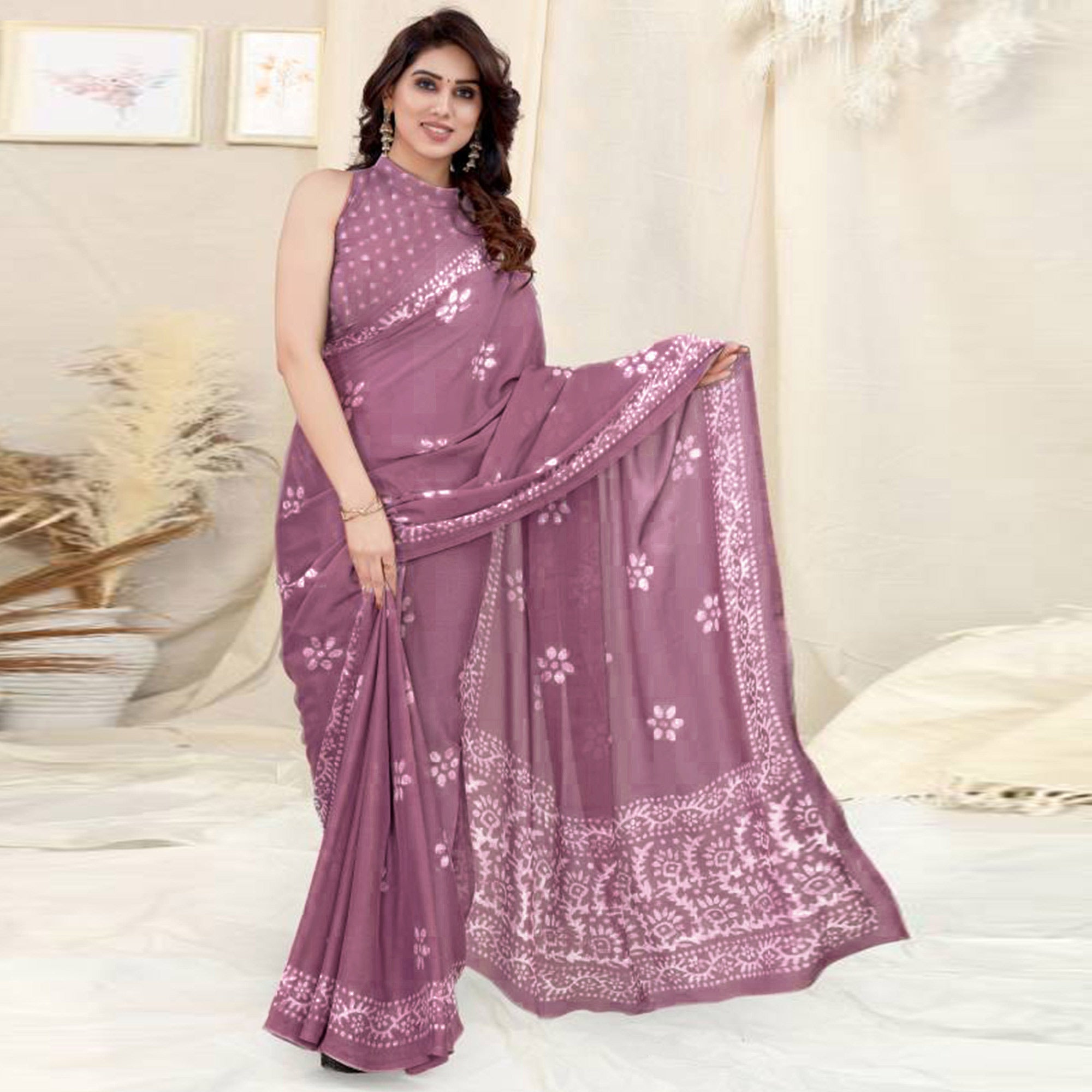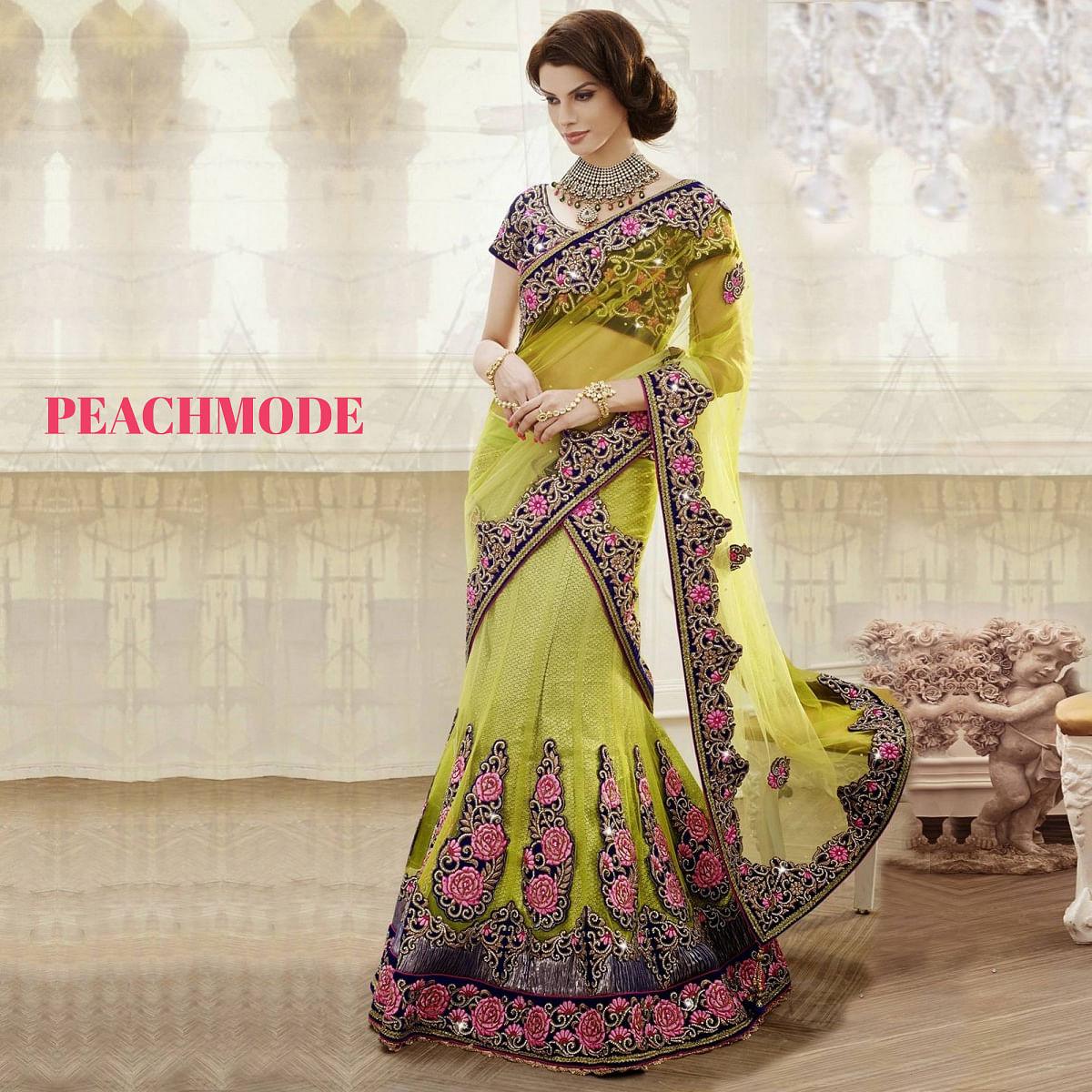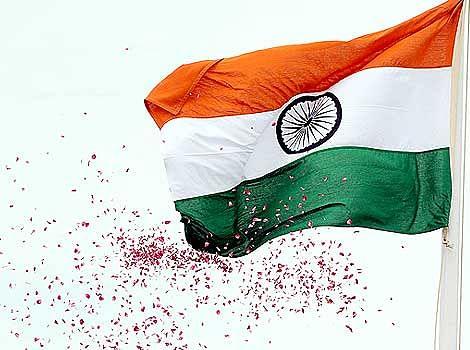Assamese wedding is known as BIYA and the ceremonies are full of cultural vibrancy. The ceremonies are fairly simple and sober but they are rooted to the community rituals. Throughout the ceremonies, the Biya Naam or Biya Geet are sung by the women of the community which makes them so interesting. Before the start of rituals, a string of mango leaves is tied on every door to ward off evil. This is followed by Juran Diya, on which the bride is showered with gifts. A part of the Juran Diya is Tel Diya ceremony where a ring and a betel nut are placed on the bride’s hair and oil is poured over this thrice, and vermillion is applied by the mother of the groom.
On the morning of the wedding day, sacred bath or Pani Tola is given just like in Punjabi weddings after applying a mix of Oil, a paste of lentils, curd, and turmeric, on the bride and groom's head in their respective houses. Then they both start to get ready.
The Assamese bride wears A Mekhla Chador. Mekhla looks like a silk saree but is actually a combination of 2-3 fabrics. It is made up of Muga silk, and is adorned with gold and silver threads. One part is worn as a skirt which is heavy and textured, has a broad border and is embroidered. The second part is worn as an anchal or dupatta an is lighter in comparison. The Mekhla can be in any colour- green, blue, yellow or red.
The bridal jewellery is also heavily influenced by the state's tribal culture. It consists of dholbri- the dhol, a special Assamese musical drum, shaped pendant and jobiri is based on the crescent shape of the moon. Loka-paro is a pendant inspired by the shape of pigeons. The traditional earring of an Assamese bride is called kopo phool which consists of two shoes which are attached to a floral part and connected to a chain. In her hands, the bride wears gamkharus, which are large and wide silver bangles that are later given a gold polish.
The groom wears traditional Dhoti, Kurta and Cheleng (a shawl of Assamese style) and his accessories are Indian basil garlands. The traditional wedding ceremony does not involve pheras but is instead solemnised by repeating the vows after the vedic priests. The bride and groom exchange garlands and that is followed by play relatives gathering around to play the conch shells and “urulis” (a sound made by the rolling of the tongue) are made intermittently. This concludes the wedding ceremony in Assam.
So these were some of the popular wedding rituals in the states of India. PEACHMODE has an extensive wedding wear collection in various styles and fabrics to suit all the traditional wedding wear preferences across the various states of India. Don't forget to check out our collection ahead of the Great Indian Wedding Season.

